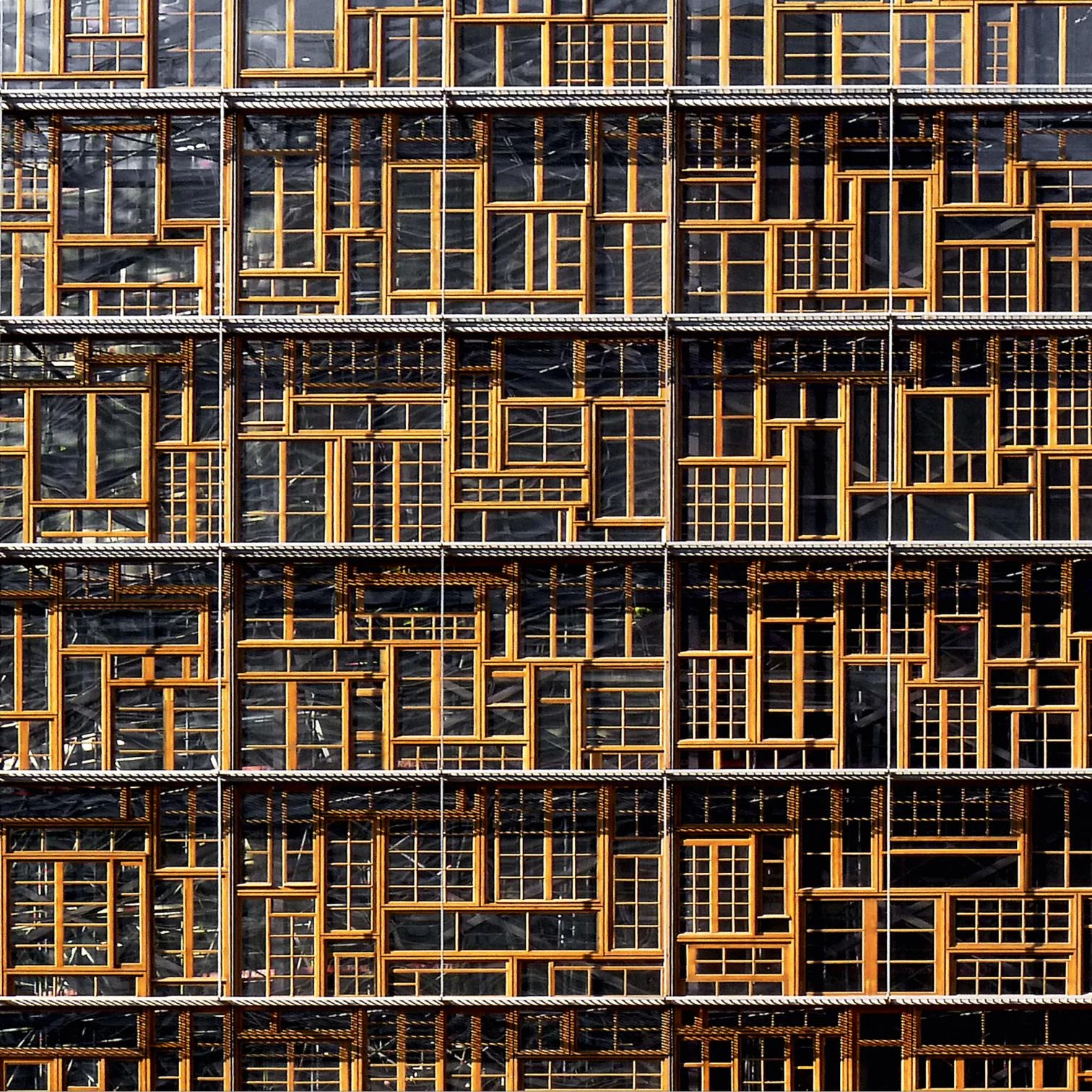
With this issue AV/Arquitectura Viva celebrates its thirtieth anniversary. Since 1985 we have published over 400 issues and some two dozen books, organized congresses, exhibitions, and competitions, and been present in about a hundred countries, bringing there the works and opinions of architects and critics from all over the world, always striving for quality and independence. But the material and intellectual crisis that now besets architecture leaves no room for complacency, so we wish to mark the occasion with a reflection about the basics of our discipline, printing with new images a text I wrote exactly thirty years ago, in 1984. Excerpts of it were published between that year and 1987, and its dictionary of elements also served as conceptual support for the exhibition ‘Private Space: Five Centuries in Twenty Words,’ which I curated in 1990. This is, incidentally, the second time I claim the cover of Arquitectura Viva, after the issue of fifteen years ago that printed forty articles of mine to take stock of ‘The Digital Decade’.
This publication coincides with the ‘Elements of Architecture’ exhibition at the Venice Biennale, where Rem Koolhaas gives renewed force to these basics, resuming the postmodern reflection of the 1980s in the face of a crisis that shares features with the situation experienced then, and in one of whose sections – ‘Fireplace’ – special attention is given to the introduction of my PhD dissertation of 1982, on architecture and energy, published in the form of articles from that year to 1988, and as a book in 1991 (Spanish) and 2000 (English: Fire and Memory). The Venetian exhibition uses fifteen elements, of which five (facade, corridor, escalator, elevator, ramp) are not among our thirty-two, although some are mentioned under other headings. Similarly, almost all twenty words of my 1990 exhibition are in the present selection, though with different texts, since I wrote the catalog of that event with criteria which were more literary than architectural; the only one missing is terrace, but I deal with it under the roof-deck section.
Anyone examining the exaggerated symmetry of these four quadruple pairs, dealing with the elements of construction, of architecture, of the house, and of the city and the symbolic, will notice many absences. Besides those mentioned above, where are the lintel and beam, the attic, the fountains and towers, the labyrinths? There is no other answer than that of 1984: in its formal hypertrophy, our matrix of terms is a self-withdrawn, skeptical system that allows pursuing, with Borges, “the lucid pleasures of thought and the secret adventures of order.” Juan Ramón Jiménez expressed it dramatically in a poem included in Lyric of the Atlantis: “Destiny – yes! –, through these thirty-two / windows, doors of my hive, / through which I can curse or bless / of the divine or the human / according to wind, sun, cloud, body, / the animal, this, and myself. / Through them enter and exit my ideas, / my words and my dreams / my musics, my lines, / the waves of my existence and being. / Through one of them (I know which, through this, / which I look bewildered) will my death enter.”





